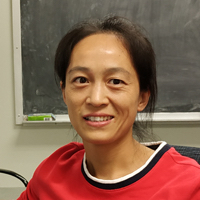Jay Pina (York University, Physics and Astronomy)
ZoomVisual models: A look at different approaches to understanding the mammalian visual system The mammalian visual system is a large, complex network of neurons composed of a number of spatially separated areas, each of which is highly recurrently connected, coupled together with feedforward and feedback connections. Here, we describe two different approaches that may provide …









